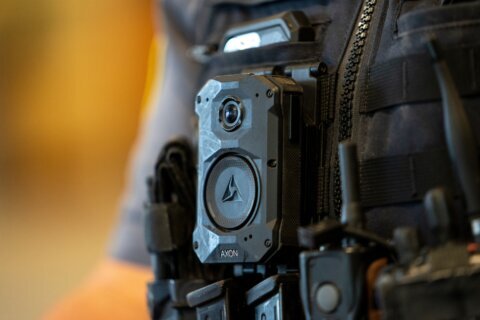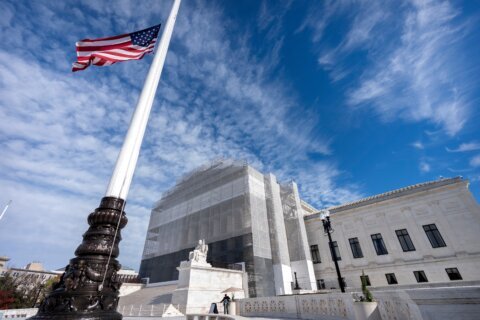MICHAEL MAROT
AP Sports Writer
INDIANAPOLIS (AP) — Chip Ganassi’s team prepared three different sets of cars in three days, then had to find speed overnight when qualifying didn’t go well.
Michael Andretti’s team spent this week preparing Kurt Busch’s backup car for race day — after the team spent last week scrambling to find a replacement driver for the injured James Hinchcliffe.
No, this hasn’t been an ordinary May at Indianapolis, especially for the men and women who work behind the scenes.
“I think it is easy to get behind,” said Mike Hull, Ganassi’s managing director. “I think as good as you might think you are in terms of being prepared for all of the eventualities that could happen to you, it’s all in the recovery. That’s what racing is.”
And it may not be over yet.
Heavy rain late Wednesday washed away much of the rubber that accumulated on Indy’s 2.5-mile oval over the past two weeks, creating more potential chaos for crews in Friday’s final practice session. Any missteps would force the already worn out crews to continue working overtime before the Indianapolis 500 begins at midday Sunday.
For anyone working on a car at the historic speedway, this has been a grueling month.
It started with three days on the speedway’s new road course and no margin for error. Less than 24 hours after the inaugural Grand Prix of Indianapolis ended, most of the 33 cars starting the 500 were back on the track after either being swapped out or converted into oval-racing setups.
Ganassi’s team was just getting started.
Rather than making one change, one of IndyCar’s power teams made two changes — removing the engines from the road cars, installing them in the backup cars, then removing the engines from the backup cars and installing them in the primary cars, all in a 48-hour window. And two of the road-course cars, the No. 9 of Scott Dixon and the No. 10 of defending champion Tony Kanaan, went back to the team’s shop for a complete rebuild.
“We ran our spare cars, made sure everything was OK with our spare cars, so if we had to rely on them, we would simply put an engine back in the car,” Hull said, explaining that the 15 crew members on each of the four teams were working an average of 16 hours a day during the conversion. “Most everybody else, they probably have spare cars behind those garage doors, but they didn’t run them like we do, but that’s just our thing.”
When smoke started billowing from the back of Ed Carpenter’s car early in practice week, the team of the driver-owner went back to work and still found enough speed in practice and qualifying to win a second straight pole.
Andretti’s team, which has five cars starting Sunday’s race, thought it had planned for everything — until Hinchcliffe got hit in the head with debris during the grand prix and was forced out of the car because of a concussion. The team quickly hired E.J. Viso to pilot the car until Hinchcliffe was cleared to drive late last week. Then Monday, Busch hit the wall, sending crew members scrambling yet again. Instead of repairing the damaged car, the team prepped Busch’s backup car and he’ll have Friday’s practice to get comfortable in it as he also gets ready to race in NASCAR’s Coca-Cola 600 on Sunday night.
“This created a lot of work for the Andretti guys. I feel bad for that,” Busch said.
But, weather permitting, these long work nights will be over soon — and if all goes well, lead to a victory party.
“I think the biggest thing about racing at Indianapolis is two things: patience and you have to make all of your decisions with a lack of ego,” Hull said. “If you do those things right, you give yourself the opportunity to win the race.”
Copyright 2014 The Associated Press. All rights reserved. This material may not be published, broadcast, rewritten or redistributed.







